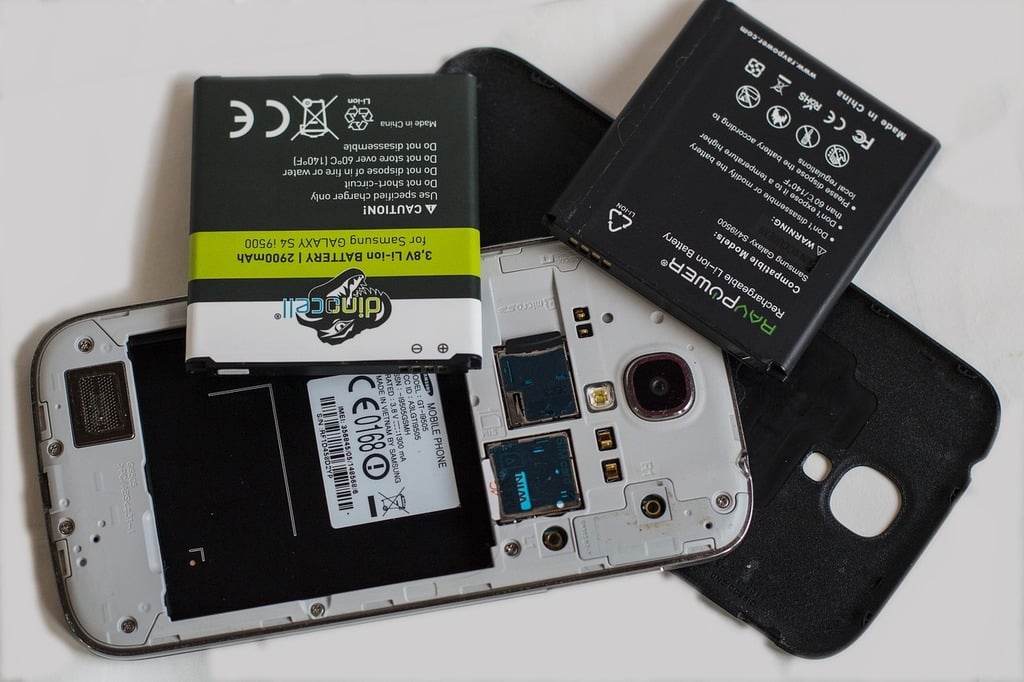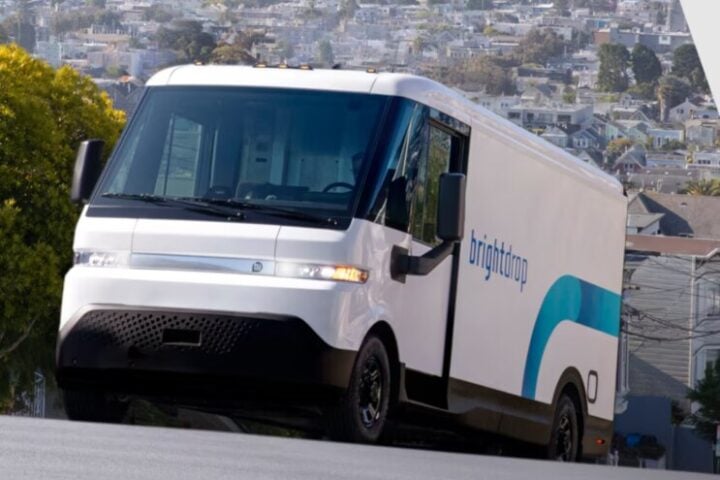Little by little, flagship and other models across different ranges, under the argument of improving design and reducing device size, began integrating batteries that weren’t exactly removable. Since their removal and replacement required certain technical knowledge or skills, and even some acrobatics with certain models. This put consumers in a really tough spot, particularly among iPhone owners, where often it seemed like a better idea to buy a new phone instead of repairing it. But that will soon be a thing of the past.
It turns out that in a historic move that will impact the future of electronics, the European Union approved a new law in July 2023 requiring all new smartphones sold within the region to have replaceable batteries by 2027. This measure aims to promote a circular economy and reduce the environmental impact of electronic devices worldwide, representing a radical shift for the industry and its current trend. The EU regulation will compel manufacturers to return to old practices that never should have been eliminated, where it was possible to separately purchase a smartphone battery when the original reached the end of its lifespan for manual and straightforward replacement without needing technical service.
Within three years, users will have the freedom to easily replace their smartphone battery without requiring tools or specialized technical knowledge. This will help restore balance to how things used to be. Right now, technicians working on the current state of sealed smartphones that require intricate intervention to replace their battery: Whenever the battery is to be removed, one should gently heat the back to make the electronic components more flexible. This way, when the battery is removed, there’s less risk of breaking other elements. For instance, it was cautioned that the camera might fall out if handled without caution.
The good news is that now, the regulation entering into force stipulates that changing a battery should not require heat or solvents to dismantle it. Users also won’t need special tools. So, it will be like the good old days. You open the smartphone and remove the old battery. In October 2022, the European Union had approved a law initiative that posed serious problems for Apple, as it mandated standardizing the use of USB-C cables for computers, smartphones, and other products, forcing them to finally kill off their controversial, outdated, yet exclusive Lightning port.
The Council adopts a new Regulation strengthening sustainability standards for batteries and their waste. The Regulation will govern the entire lifecycle of batteries, from production to reuse and recycling, ensuring they are safe, sustainable, and competitive. Teresa Ribera, Spanish Minister for Ecological Transition, stated that batteries are crucial for decarbonization and the EU’s transition to emissions-free transport. At the end of their life, batteries contain valuable resources that should be reused domestically rather than relying on third countries for supply.
The new rules will promote European industry competitiveness and ensure new batteries are sustainable, supporting ecological transition. “Batteries are key to the decarbonisation process and the EU’s shift towards zero-emission modes of transport. At the same time end-of-life batteries contain many valuable resources and we must be able to reuse those critical raw materials instead of relying on third countries for supplies. The new rules will promote the competitiveness of European industry and ensure new batteries are sustainable and contribute to the green transition.” Teresa Ribera, Spanish minister for the ecological transition.
Similar Posts
The Regulation will apply to all batteries, including portable battery waste, electric vehicle batteries, industrial batteries, starter, lighting, and ignition batteries (mainly for vehicles and machinery), and light transportation batteries (e.g., electric bicycles, mopeds, or scooters). Circular economy The new rules aim to promote a circular economy by regulating batteries throughout their lifecycle. The Regulation sets requirements for end-of-life management, including collection targets, material valorization objectives, and extended producer responsibility. Producers are set collection targets for portable battery waste (63% by end of 2027 and 73% by end of 2030) and specific targets for light transportation battery waste (51% by end of 2028 and 61% by end of 2031).
The Regulation sets a target for lithium recovery from battery waste at 50% by the end of 2027 and 80% by the end of 2031, subject to market conditions, technological advances, and lithium availability. Minimum mandatory levels of recycled content are established for industrial, starter, lighting, and electric vehicle batteries (initially 16% for cobalt, 85% for lead, 6% for lithium, and 6% for nickel). Batteries must be accompanied by documentation on recycled content. Recycling efficiency targets are set at 80% for nickel-cadmium batteries by the end of 2025 and 50% for other battery waste by the same date.
By the end of 2027, portable batteries must be user-replaceable, with light transportation batteries replaceable by an independent professional. Fair standards for all operators The new rules aim to improve the internal market for batteries, ensuring fair competition through safety, sustainability, and labeling requirements. These goals will be achieved through performance criteria, durability, safety, strict restrictions on hazardous substances like mercury, cadmium, and lead, and mandatory information on battery carbon footprint. The Regulation introduces labeling requirements for components, recycled content, an electronic battery passport, and a QR code. Labeling requirements will take effect in 2026 and QR codes in 2027 to allow Member States and market economic operators sufficient time to prepare.
Reducing environmental and social impacts The new Regulation aims to reduce environmental and social impacts throughout the battery lifecycle, establishing strict due diligence rules for operators to verify the origin of battery materials. There are exceptions for SMEs regarding due diligence rules. Next steps With today’s Council vote, the adoption process is concluded. The Council and the European Parliament must now sign the Regulation, which will be published in the Official Journal of the EU and enter into force twenty days later. Background The Regulation on batteries aims to create a circular economy for the battery sector, covering all stages from design to waste treatment. This initiative is crucial given the rapid development of electric mobility, with battery demand expected to increase tenfold by 2030.
The new Regulation will replace the current 2006 Battery Directive and complement existing legislation, especially concerning waste management. The European Commission proposed the Battery Regulation on December 10, 2020. The Council adopted a general approach on March 17, 2022. The European Parliament adopted its negotiating position on March 10, 2022. Following interinstitutional negotiations, the Council Presidency and Parliament negotiators reached a provisional agreement, which was approved by the Parliament on June 14, 2023.
















